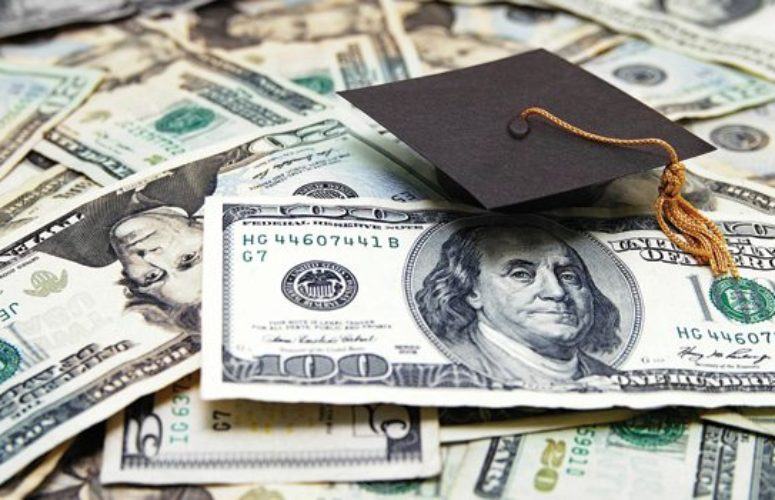
How to Put Your 2015 Tax Refund to Good Use
A focus on what the funds can yield in the future.
By Ray Tenpenny , Regional sales manager with Merrill Edge On Mar 27, 2015Tax time is officially here. Approximately three-quarters of taxpayers received a refund last year, with the average payout close to $2,800, according to the IRS.
That’s a sizeable amount of money, and although a recent Merrill Edge Report found that 63 percent of New Jerseyans think about their long-term finances when they receive extra funds, it can be difficult to avoid the lure of frivolous spending. In fact, when local residents were asked about their financial priorities, it was a toss-up between having enough money to live comfortably today and saving for the future.
There are some smart choices you can make this year to reap the benefits of your refunds for years to come. No matter how big or little the refund, here are a few options:
Invest in your retirement – Only one third of New Jersey residents planned to put their tax refund toward retirement in 2013. Consider using your financial windfall to live more comfortably during your future years by increasing workplace plan contributions. Set your sights high and aim to contribute at least 10 percent of your salary to retirement savings. Contributing enough to take advantage of any matching contributions from your employer is also a smart way to boost investments and can even potentially lead to reduced taxes. If you don’t have a workplace plan, consider a traditional or Roth IRA, which offer tax benefits.
Contribute to a college savings fund – Increasing in popularity, a 529 plan can be a great tax-advantaged way to save for an education – your children’s, your own or anyone else’s – and it may offer surprising financial flexibility. If you establish a 529 plan to pay for college or for graduate or vocational school, you may be able to take advantage of state income tax deductions. A grandparent, for example, might receive a state income tax deduction as well as significant estate tax benefits by contributing to a grandchild’s plan. And if a student receives a scholarship, the plan owner can withdraw some of the funds penalty-free, freeing them up for other uses.
Pay down debt – While carrying some debt is often unavoidable, and even desirable with some interest payments offering tax benefits, many are finding themselves under water between mortgages, car payments and credit cards. Student loans are also an increasing challenge as the second largest debt class, totaling $1.2 trillion. Look to use additional funds to pay off your high-interest, non-tax-deductible debt first, such as an expensive credit card. Then, look at other non-tax-deductible debt, such as student loans. Finally, consider paying down deductible debt, such as the closing costs of refinancing a mortgage.
Many people make a mistake with their tax refund by being too shortsighted. Focus on what the funds can yield in the future.
About the Author: Ray Tenpenny is a regional sales manager with Merrill Edge, which offers team-based advice and guidance brokerage services.
Related Articles:






